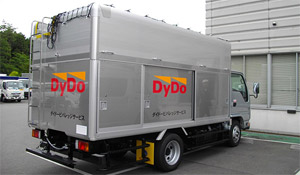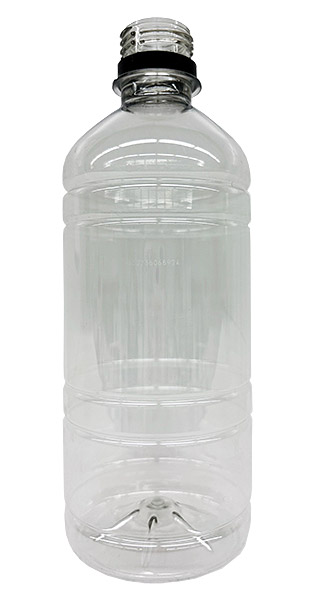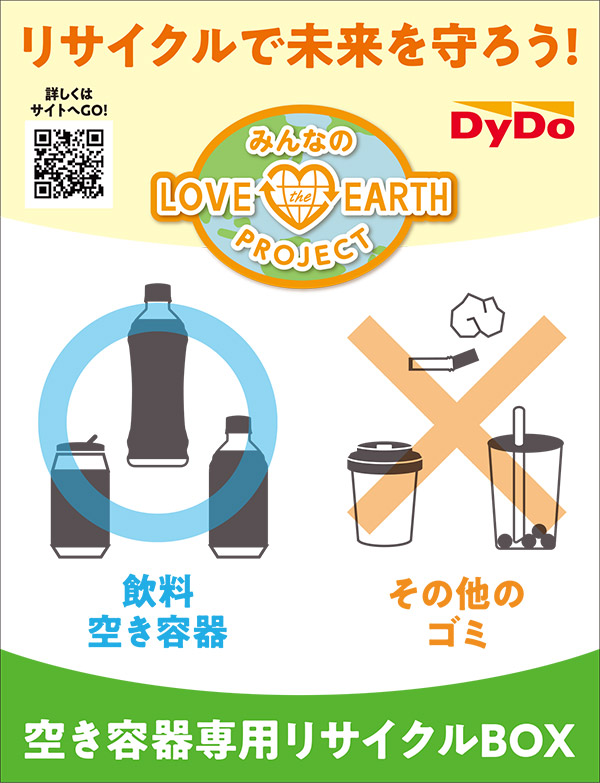As part of our efforts to work on the issue of marine plastic waste and the effective use of natural resources, we have been establishing a system for route drivers to quickly collect used containers from recycle bins, which are installed next to beverage vending machines, when filling the machines with beverages.
We keep the areas around our vending machines clean and tidy so that consumers can comfortably use the machines. We also strive to prevent scattering of PET bottles, which may end up getting into the ocean, and to increase the recycling rate of PET bottles.









